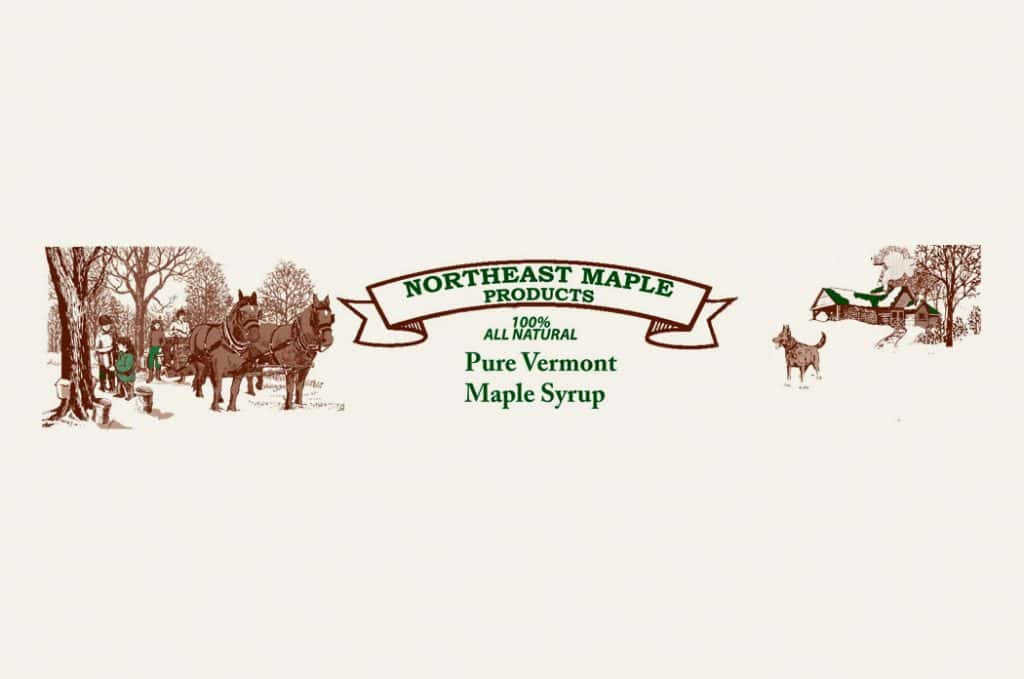Welcome to Northeast Maple Products, where we proudly offer our customers the finest 100% natural pure Vermont maple syrup. Straight from our trees to your table, our maple syrup embodies the unparalleled quality that Mother Nature bestows upon us. With every purchase, you receive a guarantee of a product that not only sweetens delectable recipes but also enhances the flavor of your breakfast dishes.
Choosing the right grade of maple syrup can be a personal preference, and we’re here to provide guidance. For a delicate maple flavor, we recommend Grade A Fancy maple syrup. For those seeking a bolder taste, Grade A Dark Amber maple syrup is the perfect choice, while Grade A Medium Amber strikes a harmonious balance between the two. And for aficionados of intense maple flavor, Grade B maple syrup is the ideal selection. Once opened, ensure the preservation of that exquisite taste by storing your maple syrup in the refrigerator.
At Northeast Maple Products, not only do we offer the finest Vermont maple syrup, but we also prioritize affordability and customer satisfaction. If any of our products fail to meet your expectations, we stand by our money-back guarantee. The history of Vermont Maple Syrup is rich with legend, tracing back to Native American traditions and early settlers’ ingenuity. From the humble beginnings of collecting sap in birch bark containers to the sophisticated techniques of modern sugarhouses, the essence of Vermont Maple Syrup remains a cherished tradition. Here at Northeast Maple, we honor this tradition by tapping, boiling, and crafting maple syrup products in the time-honored manner, ensuring that each bottle contains the best and highest quality Vermont Sugar Maple Sap. made in Derby, Vermont.



